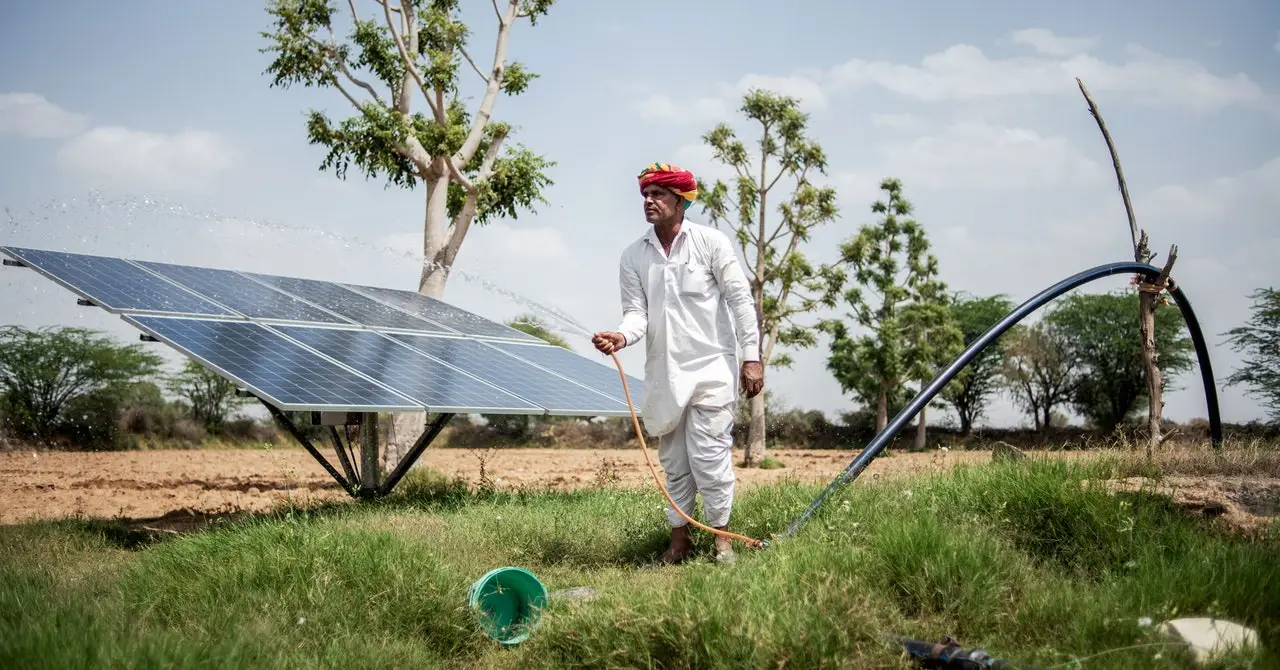- cross-posted to:
- technology@lemm.ee
- cross-posted to:
- technology@lemm.ee
Solar pumps are spreading rapidly among rural communities in many water-starved regions across India, Africa, and elsewhere. These devices can tap underground water all day long at no charge, without government scrutiny.
For now, they can be great news for farmers, with the potential to transform agriculture and improve food security. The pumps can supply water throughout the daylight hours, extending their croplands into deserts, ending their reliance on unpredictable rains, and sometimes replacing existing costly-to-operate diesel or grid-powered pumps.
But this solar-powered hydrological revolution is emptying already-stressed underground water reserves—also known as groundwaters or aquifers. The very success of solar pumps is “threatening the viability of many aquifers already at risk of running dry,” Soumya Balasubramanya, an economist at the World Bank with extensive experience of water policy, warned in January.
An innovation that initially looked capable of reducing fossil-fuel consumption while also helping farmers prosper is rapidly turning into an environmental time bomb.



Looks like we need wind traps or water collectors that they have on dune or tatooine or realistically change the farming practices to use less water.
I know that GMO gets a bad name, but taking indigenous food plants and modifying them to be even more suited to the area could add yet more benefits.
Having the seed lines owned by the public would be the only way to make it viable for developing countries tries, though.
That doesn’t really work in reality in arid regions because there isn’t much water in the air and you would need a lot of energy to pull huge amounts of air through your device to even theoretically get significant amounts of water.
I guess only 1 sun is not enough energy right now. Would be neat though.
The places which actually have water problems have all built big desalination projects which are working incredibly well, they’re solar powered too which is nice. Isreal has even been refilling the Sea of Galilee (which is a freshwater lake btw)
The US could do similar and so could everywhere else, the reality is current use isn’t really a huge problem - no one is going without and it’s not really damaging anything. The cost of infrastructure is falling rapidly and improving dramatically so we’re going to see these systems built but transition from fossil fuels is more important though they do go hand in hand as modern designs are engineered to work with excess load
The principle is simple you have it placed near big solar and wind developments and at peek generation you use that to desalt water and pump it into a lifted tank which gives it the pressure needed to pump it through pipes to an upriver lake for storage and use. This allows the solar to output a steady feed into the main power grid without wasting the over capacity,
I’m excited if I could actually see it happen